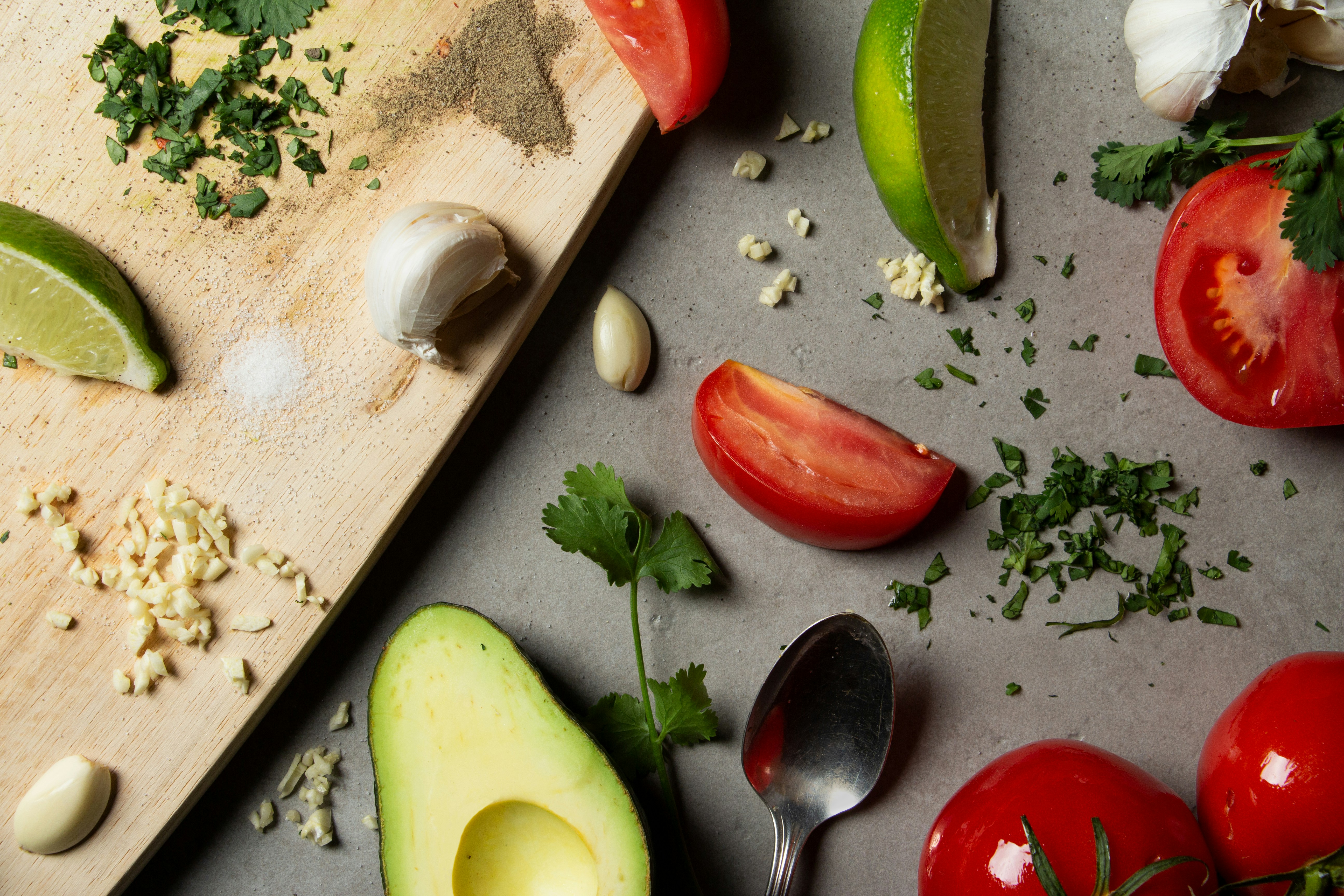Discover the subtle differences between cilantro and coriander and how they enhance your culinary skills. Unravel the nuances of these popular herbs and appreciate their diverse flavors.
In the culinary world, the terms “cilantro” and “coriander” are often used interchangeably, creating confusion for many. However, understanding the subtle distinctions between these two popular herbs can greatly enhance your culinary prowess. Cilantro, with its vibrant green leaves, boasts a fresh and citrusy flavor, while coriander, derived from the seeds of the same plant, offers a warm and earthy taste. Unraveling the nuances of cilantro and coriander will not only elevate your cooking skills but also provide a deeper appreciation for the diverse range of flavors these herbs bring to the table.
Cilantro vs Coriander: The Distinction Explained

Overview of Cilantro and Coriander
Cilantro and coriander are two terms often used interchangeably, but they refer to different parts of the same plant, Coriandrum sativum. Cilantro refers to the fresh leaves and stems of the plant, while coriander refers to the dried seeds. This distinction is important to understand, as these two parts have distinct flavors, aromas, and uses in culinary applications.
Botanical Classification
Coriandrum sativum belongs to the Apiaceae family and is a member of the parsley family. It is an herbaceous annual plant that is commonly grown for its culinary and medicinal properties. The plant typically grows up to 50 centimeters in height and produces delicate white flowers that eventually turn into the seeds. It is native to regions in Southern Europe, North Africa, and Southwest Asia.
Cultural Significance
Both cilantro and coriander have been widely used in various cultures and cuisines for centuries. The plant’s origins can be traced back to Ancient Egypt, where it was highly regarded for its aromatic and medicinal properties. Over time, it spread to different parts of the world through trade and exploration, playing a significant role in the culinary traditions of many cultures, including Mexican, Indian, Middle Eastern, and Asian cuisines.
Cilantro and Coriander in Cooking
Cilantro and coriander offer unique flavors and aromas that contribute to the complexity of various dishes. Cilantro leaves have a fresh, citrusy flavor with subtle hints of parsley, while coriander seeds have a warm, slightly sweet, and earthy flavor. These differences in taste make them suitable for different types of dishes. Cilantro is often used as a garnish or added to salads, salsas, soups, and marinades, while coriander seeds are commonly used as a spice in curries, stews, pickles, and baked goods.

Taste and Aroma
The taste and aroma of cilantro and coriander are distinctively different. Cilantro leaves have a bright, citrusy flavor with a slight peppery undertone. They are known for their refreshing and cooling properties, which complement spicy dishes. On the other hand, coriander seeds have a warm, nutty flavor with hints of citrus and spice. When toasted or crushed, they release a fragrant aroma that adds depth and complexity to dishes.
Appearance
Cilantro and coriander also differ in their appearance. Cilantro leaves are delicate, feathery, and light green in color. They have a soft texture and a distinctively lacy appearance. Coriander seeds, on the other hand, are small and round with a yellowish-brown color. They have a hard outer shell and a textured surface. The appearance of each part reflects its unique characteristics and uses in cooking.

Health Benefits
Both cilantro and coriander offer numerous health benefits due to their rich nutritional profiles. Cilantro leaves are an excellent source of vitamins A, C, and K, as well as minerals like potassium, calcium, and magnesium. They are also known for their antioxidant and anti-inflammatory properties. Coriander seeds, on the other hand, are a good source of dietary fiber, iron, and manganese. They are believed to aid digestion, improve heart health, and have antimicrobial properties.
Growing Cilantro and Coriander
Growing cilantro and coriander is relatively easy, and they can be cultivated in various climates. They prefer well-drained soil, ample sunlight, and moderate watering. Cilantro is best grown from seeds, as its delicate nature makes transplanting challenging. It thrives in cooler temperatures, making it ideal for spring and fall planting. Coriander seeds can be directly sown into the soil or started indoors and transplanted. They require a longer growing season and prefer warmer temperatures.
Cilantro and Coriander in Different Cuisines
Cilantro and coriander have prominent roles in different cuisines around the world. In Mexican cuisine, cilantro is a key ingredient in salsas, guacamole, and various meat and seafood dishes. In Indian cuisine, coriander seeds are widely used in curry powders, spice blends, and pickles, while cilantro leaves are used in chutneys and garnishes. Middle Eastern cuisines, such as Lebanese and Moroccan, utilize both cilantro and coriander in salads, rice dishes, and stews. The distinct flavors of these two parts of the plant enrich the culinary experiences of these diverse cuisines.
Common Myths and Misconceptions
There are a few common myths and misconceptions surrounding cilantro and coriander. One misconception is that cilantro and coriander come from different plants. As mentioned earlier, they both come from the same plant, but refer to different parts. Another misconception is that coriander seeds can be used as a substitute for cilantro leaves or vice versa. While they belong to the same plant, their flavors and aromas are distinct, making them unsuitable substitutes for one another in most recipes. Lastly, some individuals have a genetic predisposition that causes cilantro to taste soapy or unpleasant. This aversion is not experienced by everyone and is not related to the quality of the herb itself.
In conclusion, understanding the difference between cilantro and coriander is essential for culinary enthusiasts and professionals alike. While they both come from the same plant, cilantro refers to the fresh, leafy part, and coriander refers to the dried seeds. They have distinct flavors, aromas, and culinary uses. Knowing how to best utilize these two components can elevate the taste and experience of various dishes across different cuisines.


